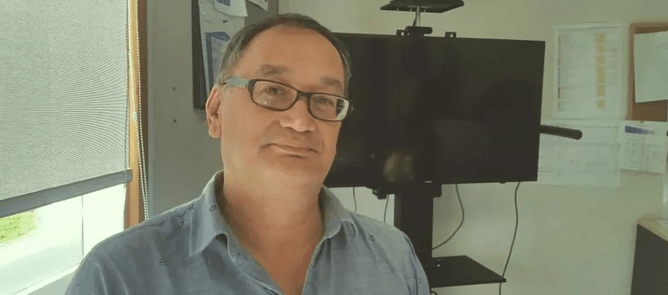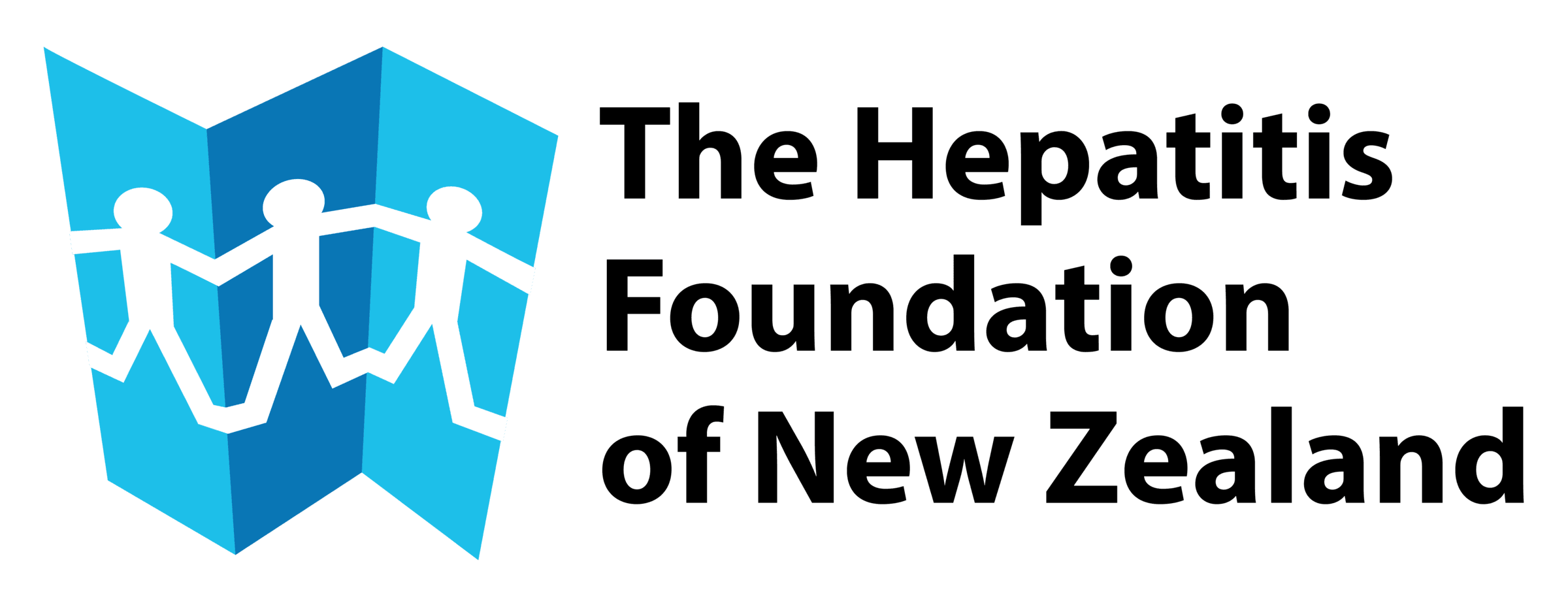The blunt message, in a submission to the Health and Disability System Review, says the current state of healthcare IT communications and interoperability “creates serious limitations and impediments” to screening, surveillance and management programs.
“Without government intervention and compulsion towards standards, we will continue to waste resources and potentially lives trying to hold together an information-sharing system designed for the mid-1990s,” the foundation’s chief executive, Susan Hay, clinical director Alex Lampen-Smith and IT adviser Greg Royal write in the submission.
Over the past 18 months, the foundation has been restructuring its core operational processes and supporting technology, moving its system to Microsoft’s Azure cloud. This modernisation project has exposed “large and serious issues” in the ability of the foundation’s systems to interact with other systems in the larger healthcare sector.
The submission notes that fax machines are still used as a means of communication in the health sector, “a technology that has largely been abandoned by the commercial sector”.
IT consultant Greg Royal, who worked on the foundation’s new system, told New Zealand Doctor the health sector “is stuck well in the 20th century in regards to technology”.
The current version of HL7, which he describes as “the underlying protocol which allows GPs and labs to talk to each other”, is nearly 30 years old.
“HL7 is very, very old. I believe it’s not fit for purpose now. But it’s an intimate part of what the foundation does in terms of receiving lab results and referrals. We would like to do more with the GPs, but we have to make sure we can fit within the constraints they live with.”
Mr Royal, who has more than 30 years of IT sales, marketing and management experience in this country, Australia, North America, Asia and China, and set up a software company based in Texas and the Philippines, says there is a “tremendous amount of friction” in the New Zealand health sector over the lack of interoperability.
During its system upgrade, the foundation discovered all of the proprietary IT systems were predominately designed many years ago as simple functional datasets, with the primary consideration being the internal function of clinical operations.
Any interoperability had to be vendor approved – what’s known as “vendor lock-in”.
Chief executive Susan Hay says integrating with different practice management systems has been challenging.
“There’s the Medtechs, the Indicis, all the different laboratories, so it’s a bit of a minefield and it’s expensive because it takes a lot of time to work out how we do this, and then finding the right IT business analyst who can have proper conversations with our IT people about how to make that work.”
She believes other NGOs are facing similar problems.
Delays with updating NHIs is also a problem. “Sometimes you can go and have a look and a patient has passed away and it’s not actually updated for months.” She fears the elimination of hepatitis B and C will be significantly challenged, because of the critical role data-sharing plays in identifying and managing at-risk populations.
Mr Royal says interoperability should be dealt with by a separate government agency, as it is in Australia. At the moment, people are “banging their heads” stuck with a disjointed system.
“A lot of things don’t happen because they are too difficult to do,” he says. “My personal opinion is the government needs strong intervention in this market to straighten it out. The government needs to review what’s going on and force an outcome.”
Story published by NZ Doctor, July 2019



